This open access book delves into the fundamental principles and cutting-edge techniques of plenoptic imaging and processing. Derived from the Latin words "plenus" (meaning "full") and "optic," plenoptic imaging offers a transformative approach to optical imaging. Unlike conventional systems that rely solely on the pinhole camera model to capture spatial information, plenoptic imaging aims to detect and reconstruct multidimensional and multiscale information from light rays in space.
Chapter 1 begins with the introduction of the basic principle of the plenoptic function and the historical development of plenoptic imaging. Next, Chapter 2 describes representative plenoptic sensing systems, including single-sensor devices with lenslet arrays, coded-aperture masks, structured camera arrays, and unstructured camera arrays. Then, Chapter 3 introduces gigapixel plenoptic sensing techniques capable of capturing large-scale dynamic scenes with extremely high resolution. Further, chapter 4 examines typical plenoptic reconstruction methods, including light-field image reconstruction, image-based, and RGBD-based geometry reconstruction. After that, chapter 5 tackles the challenges of large-scale plenoptic reconstruction by introducing sparse-view priors, high-resolution observations, and semantic information. Finally, chapter 6 discusses the frontier issues of plenoptic processing, including the gigapixel-level video dataset PANDA and corresponding visual intelligent algorithms.


